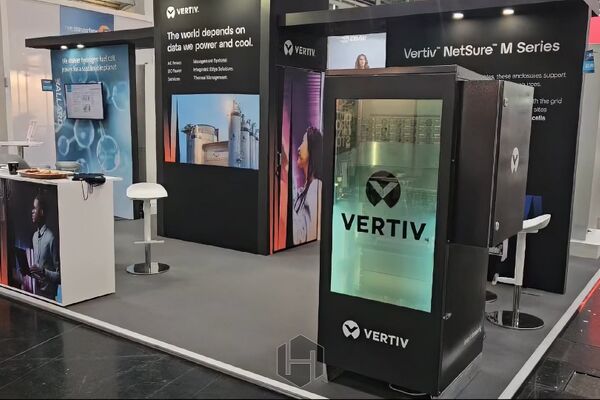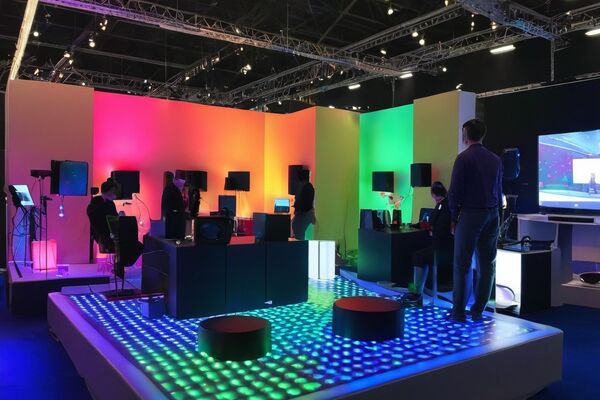We already know that Windows 10 PCs will be compatible with Windows Holographic technology, promising an entirely new computing experience.
Now, we have a timeline for this exciting development. At the ongoing Intel Developer Forum in San Francisco, Terry Myerson, Executive Vice President of Microsoft Windows and Devices Group (WDG), mentioned that the Windows Holographic shell update for Windows 10 users could be expected next year. That's pretty quick, isn't it?
So, all personal computers running Windows 10 OS and equipped with the holographic shell update will be ready for mixed reality. However, to immerse yourself in the world of holograms, you'll also need a VR device such as the Microsoft HoloLens headset or Intel Alloy. The Windows Holographic platform is a result of collaboration with Intel and will also support Intel's upcoming VR headset Alloy. It is specifically designed to work seamlessly with Microsoft HoloLens and Intel NUC with Iris graphics.
Windows Holographic promises a brand-new multitasking experience within blended reality, seamlessly integrating 2D and 3D applications while supporting a wide array of HoloLens capabilities.
As a reminder, Microsoft aims to dominate the VR market without manufacturing VR devices. Windows 10 is set to connect all devices under a single platform, creating the first and largest ecosystem of its kind in the market.
During Microsoft's Computex Fair in Taipei, the release date for the final version of HoloLens was not disclosed. However, it was announced that the Windows Holographic operating system will be open to virtual reality console manufacturers and utilized by Microsoft's partners in developing VR Mixed Reality devices. Partners include Intel, AMD, Qualcomm, HTC, Acer, ASUS, CyberPowerPC, Dell, Falcon Northwest, HP, iBuyPower, Lenovo, MSI, and others.
Windows Holographic represents a groundbreaking mixed reality platform that combines VR and AR (virtual and augmented reality). In this environment, users can engage in real-time interaction and collaboration, such as viewing their own hands while using a virtual reality console, manipulating virtual objects, working with scanned 3D images of real objects, or interacting with holographic representations of actual individuals.
(Source: Windows Blog)










